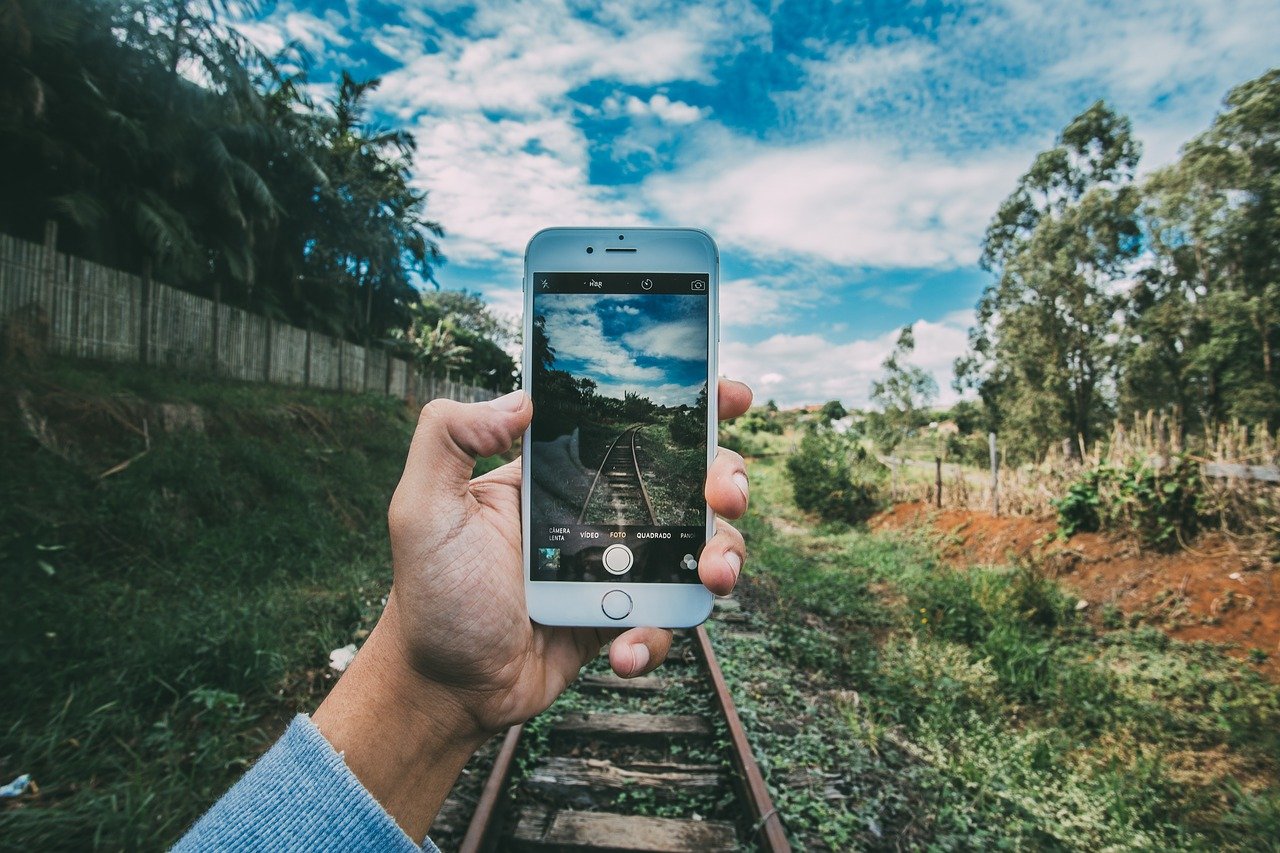
- calendar_month January 24, 2025
- folder Tips
Taking stunning photos with your phone is easier than ever, thanks to powerful built-in camera features. Whether you're a beginner or an experienced photographer, following some essential tips and mastering your phone's settings can help you elevate your photography game.
1. Master Lighting
Lighting is key to any great photo. Natural light, especially during the "golden hour"—just after sunrise or before sunset—creates soft, warm tones that enhance your subject. Avoid harsh midday sunlight, as it can create deep shadows and overexposed highlights. If indoors, position your subject near a window for the best natural light. For low-light conditions, enable Night Mode to capture clearer images without noise.
2. Focus and Exposure Control
Most smartphones let you manually adjust focus and exposure. Simply tap on the screen where you want the focus, and slide to adjust exposure for brighter or darker images. For well-balanced photos, use your phone’s HDR mode, especially in high-contrast situations. This combines multiple exposures for even lighting, ensuring details in both bright and dark areas.
3. Composition Matters
Apply the "rule of thirds" by enabling grid lines in your settings. This divides your screen into nine equal parts and helps you place key elements along the lines or at intersections for a more engaging composition. Experiment with different angles, like shooting from above or at ground level, to add depth and interest to your photos.
4. Use Portrait Mode for Depth
Portrait mode creates a blurred background, isolating your subject and making it stand out. This mode works best for portraits, pets, or objects you want to highlight. Ensure even lighting to avoid harsh shadows on your subject’s face.
5. Editing and Post-Processing
Editing can bring your photos to life. Apps like Lightroom or Snapseed let you adjust exposure, contrast, and color balance. Subtle adjustments can enhance the image without overprocessing, preserving the natural beauty of your shot. If your phone allows RAW capture, use it for more flexibility in editing.
6. Leverage Manual/Pro Mode
If available, switch to manual or pro mode for full control over settings like ISO, shutter speed, and white balance. Lower ISO (100-400) works well in bright conditions, while higher ISO (800-1600) is perfect for low-light situations. Use a slower shutter speed for more light, but ensure you stay steady to avoid blurriness.
7. Stabilize Your Shot
Blurry images are often the result of shaky hands. Use a tripod for extra stability or activate your phone’s built-in stabilization features (OIS or EIS). If you’re shooting a still subject, use the self-timer to eliminate any shake caused by pressing the shutter button.
8. Zoom Smartly
Although your phone may offer digital zoom, it’s best to avoid it, as it can degrade image quality. Instead, use optical zoom (if available) or move closer to your subject. For wide shots, use the ultra-wide lens to capture more of the scene without losing sharpness.
By mastering these techniques and adjusting your phone’s settings, you’ll be able to capture stunning, professional-looking photos every time. Experiment with different modes and settings, and with practice, you’ll see an improvement in your mobile photography skills!
